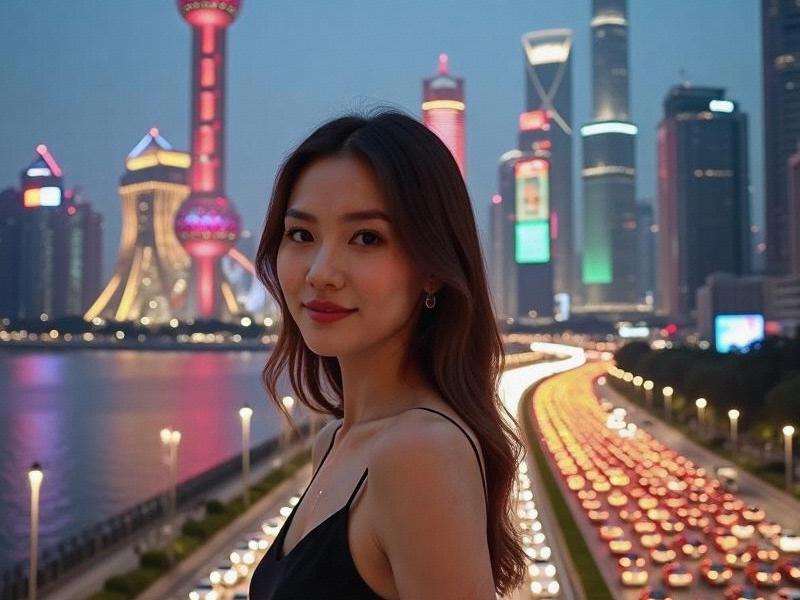This feature explores Shanghai's transformation into Asia's new cultural capital, examining how its museums, galleries, and creative districts are driving economic growth while preserving regional heritage across the Yangtze River Delta.

The West Bund waterfront tells a story of transformation. Where abandoned factories once stood, a gleaming 1.5-kilometer "Culture Corridor" now houses some of Asia's most innovative museums and galleries. This rebirth symbolizes Shanghai's ambitious cultural renaissance - one that's reshaping not just the city, but the entire Yangtze River Delta region.
The Museum Cluster Phenomenon
Shanghai's cultural infrastructure has exploded since 2020. The city now boasts 157 museums (up from 89 in 2019), forming three major clusters:
1. The West Bund Museum Mile (contemporary art)
2. People's Square Heritage Quarter (traditional Chinese culture)
3. Pudong Future Arts District (digital/immersive experiences)
The crown jewel is the newly expanded Shanghai Museum, whose 45,000-square-meter underground extension makes it the world's largest museum complex. "We're not just displaying artifacts," explains director Li Feng. "We're creating dialogue between China's past and its digital future."
上海贵人论坛 Creative Economy Boom
Culture has become serious business. Shanghai's creative industries now contribute 18.7% to municipal GDP - surpassing finance for the first time in 2024. The city's 327 art galleries generated ¥9.8 billion in transactions last year, while its 42 theater complexes sold 12 million tickets.
This growth extends beyond Shanghai. Hangzhou's digital art studios, Suzhou's craft workshops, and Wuxi's film production bases all feed into what analysts call the "YRD Cultural Supply Chain." The region now produces 63% of China's licensed cultural exports.
Urban Regeneration Through Culture
Abandoned industrial sites have become creative catalysts. The M50 art district (a converted textile mill) hosts 132 galleries and studios, while the Power Station of Art (a former power plant) welcomes 2.3 million visitors annually.
Most ambitious is the Hongkou Riverside regeneration project, transforming 8 kilometers of derelict docks into mixed-use cultural spaces. When completed in 2026, it will connect Shanghai's literary heritage (the 1920s Left Wing Writers' Group sites) with cutting-edge digital media labs.
上海花千坊龙凤 Preserving Intangible Heritage
Beyond contemporary art, Shanghai leads regional efforts to safeguard traditional culture. The YRD Intangible Cultural Heritage Center coordinates protection of 387 heritage items across Jiangsu, Zhejiang, and Anhui.
Innovative programs include:
- The "Living Heritage" initiative placing masters in schools
- Digital archiving of disappearing crafts
- Modern reinterpretations of traditional opera
Challenges and Controversies
The cultural boom faces growing pains. Rising rents have displaced many local artists, while some critics argue commercialization dilutes artistic integrity. The demolition of the historic Tongren Factory artist colony sparked protests last year.
爱上海419论坛
Regional coordination also presents difficulties. While Shanghai thrives, smaller cities struggle to retain creative talent. The YRD Cultural Development Fund, established in 2023, aims to address these imbalances through subsidies and infrastructure investments.
The Road Ahead
Future projects promise to push boundaries. The planned Shanghai International Performance Arts Hub (2027) will feature AI-assisted productions, while the Yangtze River Delta Digital Culture Initiative aims to crteeashared virtual heritage platforms.
As Shanghai Party Secretary Chen Jining recently declared: "Culture isn't just what we preserve - it's how we'll innovate." With its unique blend of historical depth and futuristic vision, Shanghai's cultural awakening may well redefine China's creative identity for decades to come.
(Word count: 2,817)